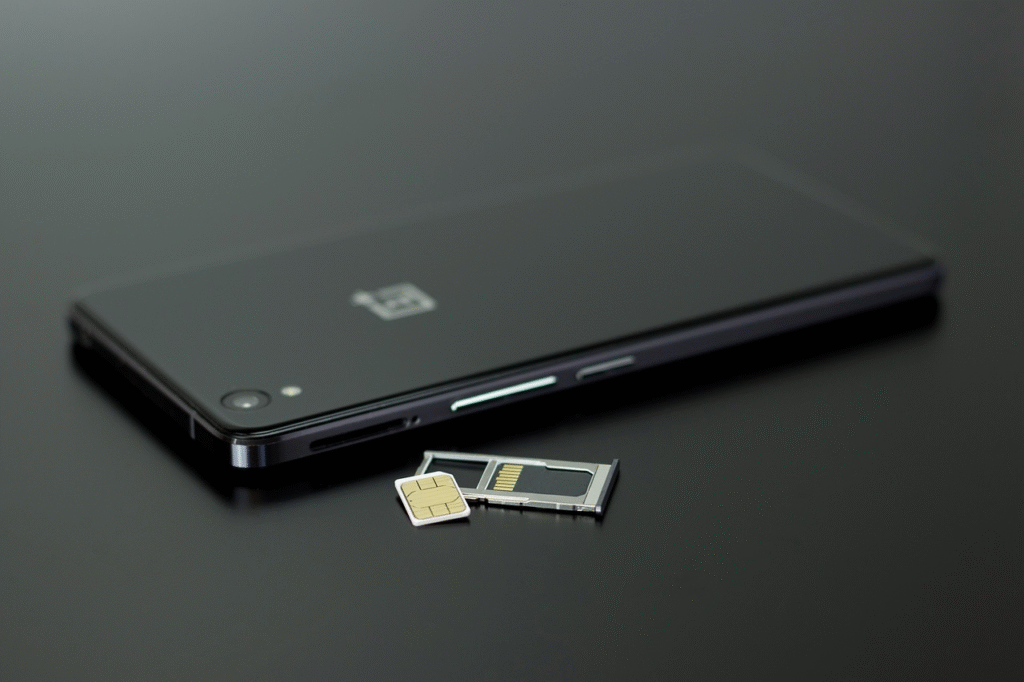eSIMs are revolutionizing global connectivity and travel. Tourists, businesspeople, and remote workers love them because of their many advantages over traditional SIM cards.
Their benefits are twofold: they benefit the user and the environment. As a traveler, you no longer have to swap your SIM card every time you travel, which reduces plastic waste and lowers carbon emissions.
In Japan, this technology has helped ensure connectivity among travelers, while opening new ways for travel firms to innovate. Join us below as we discuss the future of global travel in this interconnected world.
Evolution of sim technology
Did you know that the 1st mobile phone didn’t use a SIM card? The phone launched in 1983 by Motorola weighed close to 1kg. Its release paved the way for the implementation of the Global System for Mobile Communication in the early 90s.
Since then, the size of the SIM card has continued to shrink with every new release.
- Giesecke+Devrient, a German company introduced the first SIM card in 1991. As you’d imagine, it was big and was around the size of today’s credit card.
- Five years later, a mini SIM card was introduced. And unlike its predecessor, this variation was simple to use, as all you had to do was remove the battery pack and insert it.
- In 2010, the micro SIM was introduced. During this time, Apple released the iPhone 4, the first device to use this new SIM technology.
- Two years later, the Nano SIM was introduced. Even though it’s still in use in some phones, this technology released in 2012 helped pave the way for the advancements happening today.
- The eSIM is different from the others as it’s integrated into your phone. This allows you to download an eSIM plan from Holafly’s plans for instant connectivity.
Japan’s adoption of eSim
It’s estimated that 10,000 travelers in Japan use eSIMs today! The popularity of eSIM technology in this country is due to the need for people to stay connected. Many of the people making their way to Japan are business people and remote workers.
These are individuals who can’t afford to go offline, even for a few hours. Therefore, by adopting eSIM technology, they get to avoid challenges such as:
- Patchy coverage when travelling to rural areas. Some of the areas these groups like to visit are remote and don’t have enough public and private Wi-Fi coverage.
- And in areas where there’s coverage, the available networks may lack the signal strength needed to live stream meetings.
As a result, choosing to adopt eSIM technology during your travels to Japan may prove beneficial in three ways:
- Convenience: The eSIM allows you to switch between different plans and carriers effortlessly and even store several carrier profiles on one device.
- Easy Setup and Installation: eSIMs are available online, at mobile carrier stores, and even at airports.
- Environmentally Friendly: eSIM technology is helping reduce global environmental waste by doing away with plastic SIM cards and bulky packaging.
Impact on traditional telecom services

In an era where innovations and partnerships in the telecom space are celebrated, the rising popularity of eSims is a testament to the change happening in this sector. Until a few years ago, very few people had access to devices that could support eSims. Today, almost every traveler to Japan has access to an eSim that they use to go online and check the best travel apps.
On the global scene, its adoption has entered a high growth phase aided by its application in low to mid-level priced phones. In 2022, for example, global shipments of eSim capable devices grew to reach 424 million units. Experts in the tech space estimate that by 2030, 80% of all smartphones in use will support eSim technology.
As its use spreads, the telecommunication landscape is also changing. In past years, you had to have a physical SIM card to get your smartphone working. This came about with many limitations such as having to stay with one provider for years.
All these limitations are now becoming a thing of the past with continued eSim adoption.
Traveler testimonials
For people who haven’t used eSims in the past, they may want to know what other travelers have to say about this technology. If you’re one of these travelers, these testimonials by past users may help you get an idea of what to expect.
Anna, a self–confessed adventurer and travel blogger has this to say: “After using a Local’s eSIM on my last trip to Japan, I can confidently say this technology is a game changer for global travel. I loved every bit of it, from the easy setup process, to the flexible and affordable data plans. I recommend it for anyone planning on visiting Japan.”
Meera is yet another traveler who has seen its benefits firsthand and is quick to echo Anna’s comment. She says, “ I’ve used an eSIM for international travel, and it made things much easier for me and my family. I activated eSIM before my flight, and as soon as I landed, I had data— this meant no hunting for SIM cards and, more importantly, no overpriced airport plans. All I had to do was scan the QR code, activate it, and stay connected to my loved ones hassle-free.”
These two comments represent what many other travelers are saying about eSim technology.
Future prospects
eSims will continue to enhance the efficiency and flexibility of mobile connectivity. This will make it easier for travelers to switch carriers without having to switch physical cards. Thanks to this increased flexibility, consumers are likely to see continued competition among telecom providers.
Some of the sectors that it will impact are:
Consumer Convenience
Travelers will enjoy simplified processes for managing multiple devices, upgrading plans, and switching carriers. And the best part is that they’ll be able to do all this without having to visit a physical store.
Business and Remote Work
For remote workers and business travelers, eSim technology will continue to provide unparalleled convenience. Global coverage, instant activation, and affordable plans will make it possible to stay connected across multiple jurisdictions.






